-
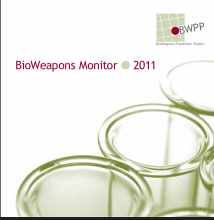
The BioWeapons Monitor is an initiative of the BioWeapons Prevention Project (BWPP)—a global network of civil society actors dedicated to the permanent elimination of biological weapons and of the possibility of their re-emergence—to help monitor compliance with the international norm prohibiting biological weapons, laid down chiefly in the 1972 Biological Weapons Convention (BWC). Particularly, it aims to increase the transparency of activities relevant to the BWC, which the current treaty regime does not accomplish sufficiently.
-

Often tagged as the second most lethal India-centric terror group based in the Pakistani Punjab, Jaish-e-Muhammad (Army of [the Prophet] Muhammad - JeM) is once again raising its head under the guise of charity in an apparent attempt to revitalize its fledgling stature in the jihadi landscape of South Asia.
http://www.jamestown.org/single/?no_cache=1&tx_ttnews%5Btt_news%5D=38664
-
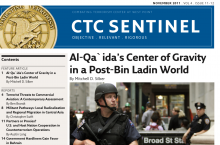
Jamaatul Mujahidin Bangladesh (JMB), an indigenous terrorist group founded in 19981 and committed to establishing an Islamic state in Bangladesh through violence, stormed onto South Asia’s jihadist scene with a synchronized, country-wide bomb assault on August 17, 2005.2 The group detonated approximately 460 bombs within a 30-minute period at 300 locations in 63 of
-
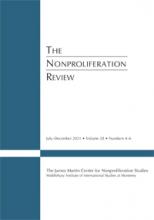
During its thirty-five years, the Biological Weapons Convention (BWC) has been scarred by treaty violations, failed compliance negotiations, and ambiguous treaty language. Essentially a bruised paper tiger, the BWC adds no clarification to its distinction between biological activities for peaceful versus hostile purposes and has amplified—rather than lessened—mistrust in states' biological research and development potential. For the past two decades, these circumstances have generated multilateral annual discussions on BWC issues.
-
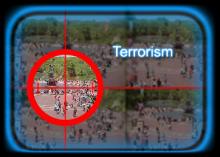
Executive Summary: In the weeks following the July 13 bomb explosions in Mumbai, responsibility for the attacks has yet to be determined. Investigative agencies have not yet pinpointed a suspect nor has any terrorist group claimed the blasts as its own doing, perhaps in order to complicate the investigation or delay the process. The triple blasts, which killed 24 people and injured over one hundred, mark the first major terrorist attack in Mumbai since the November 2008 attacks orchestrated by Pakistan’s Lashkar-e-Taiba (LeT).
-

Although the population of the Maldives is one hundred per cent Muslim, mostly Sunni, and the government prohibits the practice of other religions, Maldivian society was largely moderate and tolerant until comparatively recently.1 Today, however, Islamic clerics and lay preachers disseminate a radical strain of Islam across the country, mostly in impoverished and secluded locales such as Ukulhas (in North Ari atoll).
-
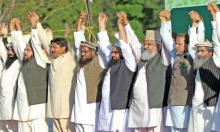
Despite the Pakistan government’s proscription, the Islamic charity Jamaat-ud-Dawa (JuD) has stepped up its overt anti-Indian and anti-Western rhetoric, holding mass protest rallies across Pakistan as its leaders continue to give provocative speeches in various public forums to fuel Jihadi sentiments and threaten Indian and Western interests in the region. The JuD is believed to act as a front organization for the Lashkar-e-Taiba terrorist group, responsible for the 2008 assault on Mumbai.
-
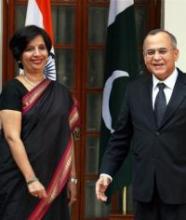
The secret U.S. operation in Pakistan’s garrison city of Abbottabad in early May has exposed Pakistan’s terror underbelly. The operation that resulted in the death of Osama bin Laden triggered severe international criticism against Pakistan for allegedly sheltering the al-Qaeda chief for almost six years.
-
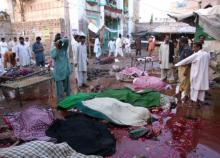
In troubled Pakistan, sacred spaces such as Sufi shrines have increasingly been the target of bloody attacks by Taliban and al-Qaeda militants. The Taliban-Deobandi school of Islam perceives Sufi practices such as devotional whirling dances, the veneration of Sufi saints and other rituals as being un-Islamic and against the tenets of the religion.
-
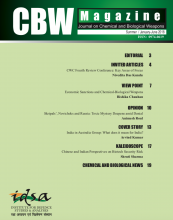
Two thousand years ago the Greeks and Romans used human and animal corpses with great effect to poison wells of drinking water. The practice of throwing the bodies of plague victims over the walls of cities was also prevalent in the past. This strategy was employed by the Tartars against the Genoese in the Crimea War in 1346. It forced the Genoese to flee immediately and the spread of the disease to Italy became inevitable.
Paxton ported to drupal by DropThemes.in